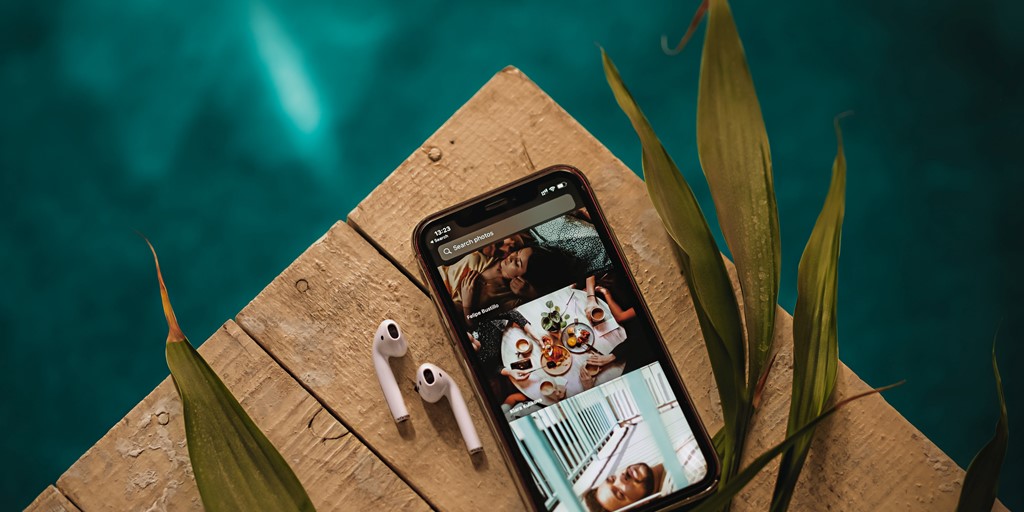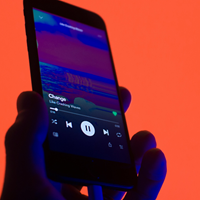Mobile user experience goes far beyond the looks. What tools can you use to get it right?
As an entrepreneur or somebody who is looking into a new business idea, you have probably heard of the term mobile user experience. However, since there is so much material out there, and it is an ever-changing topic from day to day, let’s start with the definition!
Table of contents:
- What is a mobile user experience?
- The top 5 mobile UX features for 2022/2023.
- How is the mobile UX going to shift in the next years?
- How to choose the right software provider?
What is a mobile user experience?
Before we dive into the topic, how do we define mobile user experience?
User experience, or UX, refers to how a user is going to interact with an interface on your application and how easy or difficult it is to utilize. The term is not only limited to looks, photos, and fonts, but it is the whole experience of the process. How easy is your app to understand? How long does it take for a user to find the information they are looking for? How long is the payment process at check-out (in case you are selling products) and how many payment options does your app feature?
The top 5 mobile UX features for 2022/2023.
1. Chatbots
With the increased on-demand messaging, customers’ habits have changed. Customers expect instant communication and problem-solving, especially when it comes to online purchases.
Chatbots are a fantastic tool for online applications in order to increase transparency and establish open communication with the customer, which builds their trust in the brand. With the increasing accessibility to AI technology and integrations, building an intelligent chatbot via a live chat, WhatsApp or social media is a great starting point.
They improve customer experience through their 24/7 availability, reduced customer waiting time, and increase cost-effectiveness, as they are a one-time investment.
Additionally, they can also help your business expand to new geographical locations and identify new potential leads based on algorithms.
2. 3D and Faux 3D
The 3D design is not necessarily this year's trend, yet still continuously keeps on growing in popularity. The 3D graphics have become a lot more realistic and sophisticated, providing immersive experiences.
From mainly serving decorative purposes, this feature became a very useful tool to increase customer engagement. For example, the hospitality industry uses 3D on mobile in order to visualize venues and commence the customer journey before their arrival.
Investing in 3D is particularly useful and important for industries that focus on experiences, rather than products. Smartphone hardware capabilities have significantly improved, allowing for the processing of increasingly sophisticated 3D graphics effects.
3. Neumorphism
Neumorphism is a hybrid of skeuomorphism and flat design. Skeuomorphism is a design technique that focuses on mimicking the actual form of the object, its textures, colors, and shapes, as close to the real world as possible.
Neumorphism on the other hand is focused on shadows, layers, and the color palette which creates depth to the image. It is a visual effect that comes in between 3D and flat graphic design.
This form of design usually uses a minimal color palette and is focused on designing a soft interface, where the UI components are put behind the backdrop rather than in front of them. It provides the impression that components such as buttons or cards are truly hidden within the backdrop, creating a very minimal, futuristic look.
4. Voice assistant interfaces
Another increasingly popular tool used to improve mobile UX is the voice assistant interface. Superior voice user interfaces (VUIs) are required for voice-based assistants, allowing users to connect with a system using just voice instructions.
Three of the most famous and well-known voice user interfaces are Google Assistant, Siri, and Amazon's Alexa. VUIs are useful because they allow users to interact with a system without having to look at it or use their hands.
It is definitely a mobile feature that is worth looking into, as shown by the forecasts for the next years. Statista predicts that the number of digital voice assistants will reach 8.4 billion by 2024.
5. Visualizing complex data
Another trend that is slowly becoming a standard for mobile applications is visualizing data. It not only increases engagement, but also conversion rates. With the decreasing attention span of mobile users, complex data is not always going to be interpreted as intended. Therefore, when building a mobile application, visualizing data is the basis for attracting the attention of your users.
How is the mobile UX going to shift in the next years?
1. Multisensory experiences
The idea of a ‘good’ user experience is shifting day by day. What used to be considered an outstanding, innovative feature (e.g. touch ID) is now considered a standard for many apps. The mobile UX is going to shift towards integrating more aspects of human experiences.
Sensory experiences expressed through haptic technology and immersive wearable gadgets will eventually become the norm. A standard mobile UX in the future will be focused on richer, more complete, near-real experiences that involve all five senses and mimic actual surroundings.
2. Accessibility for non-professionals
In recent years, many people have taken initiative to learn new skills and try their luck in industries, which have not necessarily been a focus throughout their years of education and career. Even professional apps are now shifting towards creating a UX that is more approachable and easy to use for an average user.
Some great examples are video and photo editing softwares, which provide interfaces that can make any user feel like a professional photo editor and provide excellent visual results. The distinction between ‘technology for businesses’ and ‘technology for individual users’ is becoming more blurred and accessible to both parties without a lot of training.
3. Simplicity and personalization
Simplicity and personalization are going to continue playing a key role in the future of mobile UX. When building a mobile application, you should focus on multichannel access and the possibility for a customer to instinctively navigate through the application without instructions.
The presented information should not only be short and simple, but also presented through visuals and call-to-action buttons rather than text. Entering the application, the user will want to feel like they are being taken on a journey and are being taken care of, without investing a lot of thinking and effort into completing their purchase or entering personal information.

How to choose the right software provider?
There are many providers out there, and if you are just starting out your business, it can be tricky to find the right fit. Since there are so many ongoing and emerging UX/ UI trends on a daily basis, the first aspect that you should look into is the flexibility and customization that your software provider is able to offer. Make sure that you can quickly adapt and alter your ideas as you move through your business journey.
Contact one of our sales specialists at Angry Nerds Software and tell us more about your business idea! We are always happy to help you with a personal approach.










 Angry Nerds (Poland)
Angry Nerds (Poland) Angry Nerds (USA)
Angry Nerds (USA) Angry Nerds (Canada)
Angry Nerds (Canada)



